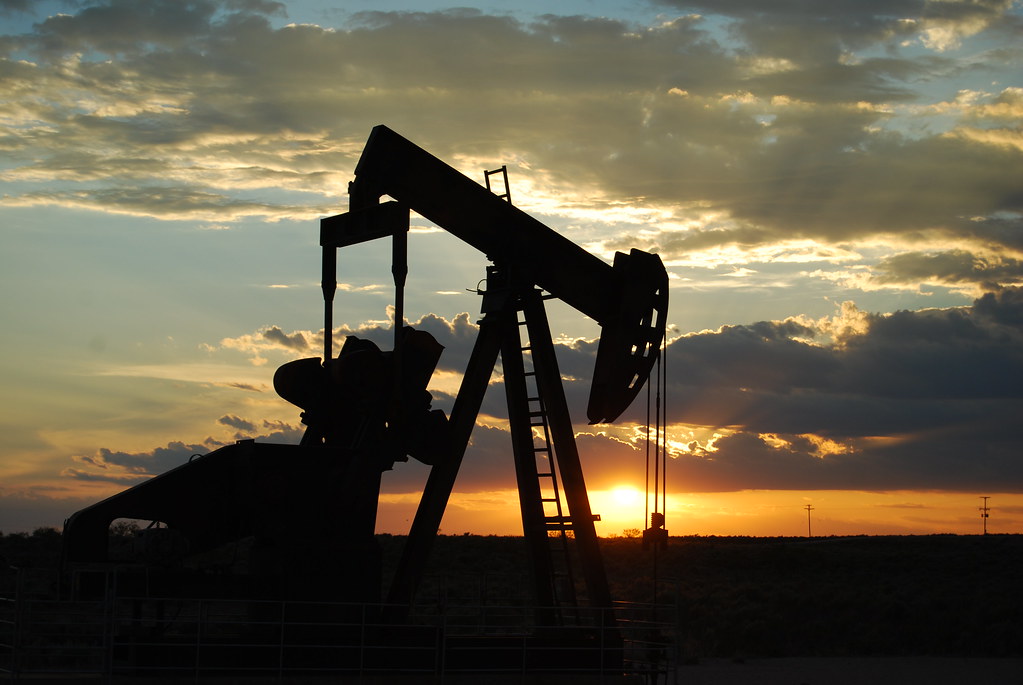The Covid-19 pandemic and price war between Russia and Saudi Arabia slashed oil prices to their lowest levels in nearly two decades. Crude prices are beginning to slowly rise again, but this year’s record lows may still hamstring a landmark conservation bill set for a June vote on Capitol Hill.
The Great American Outdoors Act, introduced in March with bipartisan and presidential support, has two major aims: mandate permanent funding for the Land and Water Conservation Fund at $900 million per year and establish a fund devoted to deferred maintenance on public lands that receives up to $1.9 billion per year for the next five years. The maintenance-focused portion of the act is long overdue—America’s public lands are in need of nearly $20 billion in deferred maintenance and repairs.
But there’s a catch. Under the act, the public land maintenance funding would come from 50 percent of the revenue from energy development on federal lands and waters after pre-existing programs and obligations get their share. Given how much federal energy revenues have fallen this year, if the Great American Outdoors Act passes, the maintenance fund may not get all the money it needs.
Historically, federal programs and obligations have consumed about half of federal energy revenues, leaving a large chunk in the U.S. Treasury for general use. In fiscal year 2019, that chunk was worth $5.0 billion—a level that would easily fill the maintenance fund’s annual $1.9 billion limit. But so far this fiscal year, federal energy revenues are down $1.7 billion. Unless federal energy revenues increase, it looks like there may not be enough funding this year to fully fund the public land maintenance-portion of the new legislation.
That’s important because a primary goal of the Great American Outdoors Act is to pay for billions of dollars’ worth of unmet maintenance needs in national parks and other public lands across the country—but without enough federal energy revenues to go around, those needs could go unmet even if the bill passes.
This potential shortfall highlights the risk of tethering public lands funding to federal energy revenues, which have become increasingly exposed to volatile oil prices. In the past 15 years, oil revenue has come to dominate the federal energy revenue stream; by 2019, federal oil revenue was $6.6 billion, more than half of total federal energy revenues. That means that an oil price crash has an outsized impact and potentially limits all programs that rely on federal energy revenues.
The Energy Information Administration predicts that crude oil prices will crawl back in the latter half of the year, bringing federal energy revenues back up with them. But for the Great American Outdoors Act’s public land maintenance fund—which is only authorized for five years—funding shortfalls in the first year would hurt. And even once oil prices recover, the risk posed by future volatility will remain.
In the long term, America’s public lands need a more diverse funding stream that can provide sustained funding year after year. Hunters and anglers, who have been paying extra to fund conservation for decades, model one additional funding option: public land users. If a wider user-base of outdoor enthusiasts put a few dollars where their boots, paddles, and tents are, we could support America’s public lands with its booming outdoor economy in addition to its oil output.
Whatever the solution, the Great American Outdoors Act provides a valuable stopgap—emergency funding to repair some of the washed-out roads, disrepaired toilets, and decrepit sewer systems on our public lands. But to eliminate the maintenance backlog entirely and keep it from growing again, we need to find new and more diverse ways to provide dependable, long-term funding to care for the lands we love.




